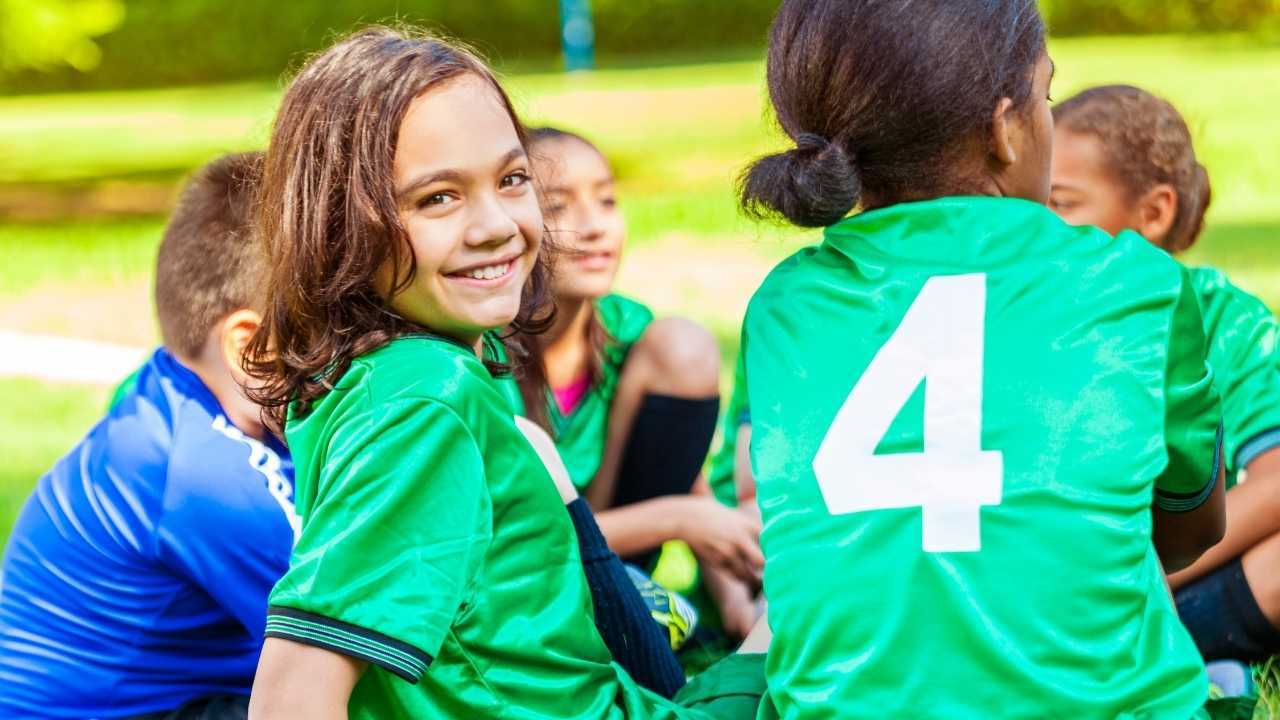All You Need to Know About Soccer Balls
Three simple things to keep in mind — and yes, size matters
Alex Frost
| 4 min read

MOJO
While you don’t need a brand-new soccer ball each season, taking a brand new soccer player to buy their first ball can be a rite of passage. That said, you’ll find that not all balls are created equal.
Mike Singleton, a seasoned youth soccer coach and former head of the Massachusetts Youth Soccer Association, tells MOJO about the fine art of picking a great, affordable ball for a beginning player.
1. Get the right size.
Not all soccer balls are the same size — and that’s because the kids who’ll be kicking them aren’t the same size either. Most soccer stores will carry sizes 3, 4 and 5. Those numbers are based on what is most developmentally appropriate for each age group, Singleton explains.
Use the following guide to select the right ball:
- Size 3: Age 8 and younger
- Size 4: Ages 8 to 12
- Size 5: Age 12 and older
Singleton has seen some parents try to “size up” thinking it will give their player an advantage, but at 3 ½-feet tall and 40 pounds, a little athlete really does need the smallest ball.
2. Don’t get hung up on the brand.
Says Singleton, “All different brands have comparable balls especially with the younger ages and sizes.”
Some of the major soccer ball brands, he explains, include Nike, Adidas and Puma, who have a “big share of the market,” and Under Armour and Capelli, who Singleton says are progressing further into the market.
“They’ve all done great work on ball development and technology,” he says — which is why you see both $20 balls and also $200 balls.
One well-loved ball is the Adidas World Cup Official Match Ball, which costs around $100 and has elaborate textured graphics (“inspired by the Russian landscape”) as well as an embedded NFC chip that connects to a smartphone, so you can enter digital soccer challenges. Is any of that necessary? Your call. (Just note: It’s size 5.)
The old stand-by Wilson Traditional Soccer Ball — which tops a lot of best-of lists for its indestructibility and its under $20 price-point — works just fine.
3. Choose hand-stitched balls over glued.
You can extend the life of your child’s soccer ball by selecting a hand-stitched option over one where the panels are glued together. As Singleton explains, stitches keep the panels together longer while glue can eventually weaken, which allows the panels to peel off.
Other materials matter, too — to some extent. The balls themselves can be made of durable PVC (poly vinyl carbonate), softer and more responsive PU (polyurethane), a combination of both PVC and PU or synthetic leather, which professionals typically prefer. You’ll find that the bladder — the part inside the soccer ball, that keeps it round — can be made of butyl (a type of rubber) or latex. While latex balls are preferred by some professional athletes because they’re softer, butyl balls need to be re-inflated less often, because they hold air better.
Less expensive — and less responsive — materials are perfectly fine for a beginning athlete (and most won’t notice the difference). Singleton says specifics like the type of bladder are only a factor when players are performing at a more elite level, trying to put certain spins on the ball and “make it dance” during free kicks and shots.
The bottom line on kids soccer balls
Singleton encourages kids to pick “whatever makes them smile” — a ball that they love, in the right size, preferably hand-stitched, possibly in their favorite color. Because at the end of the day, there’s one thing that matters most. Says Singleton, “It’s their ball.”




